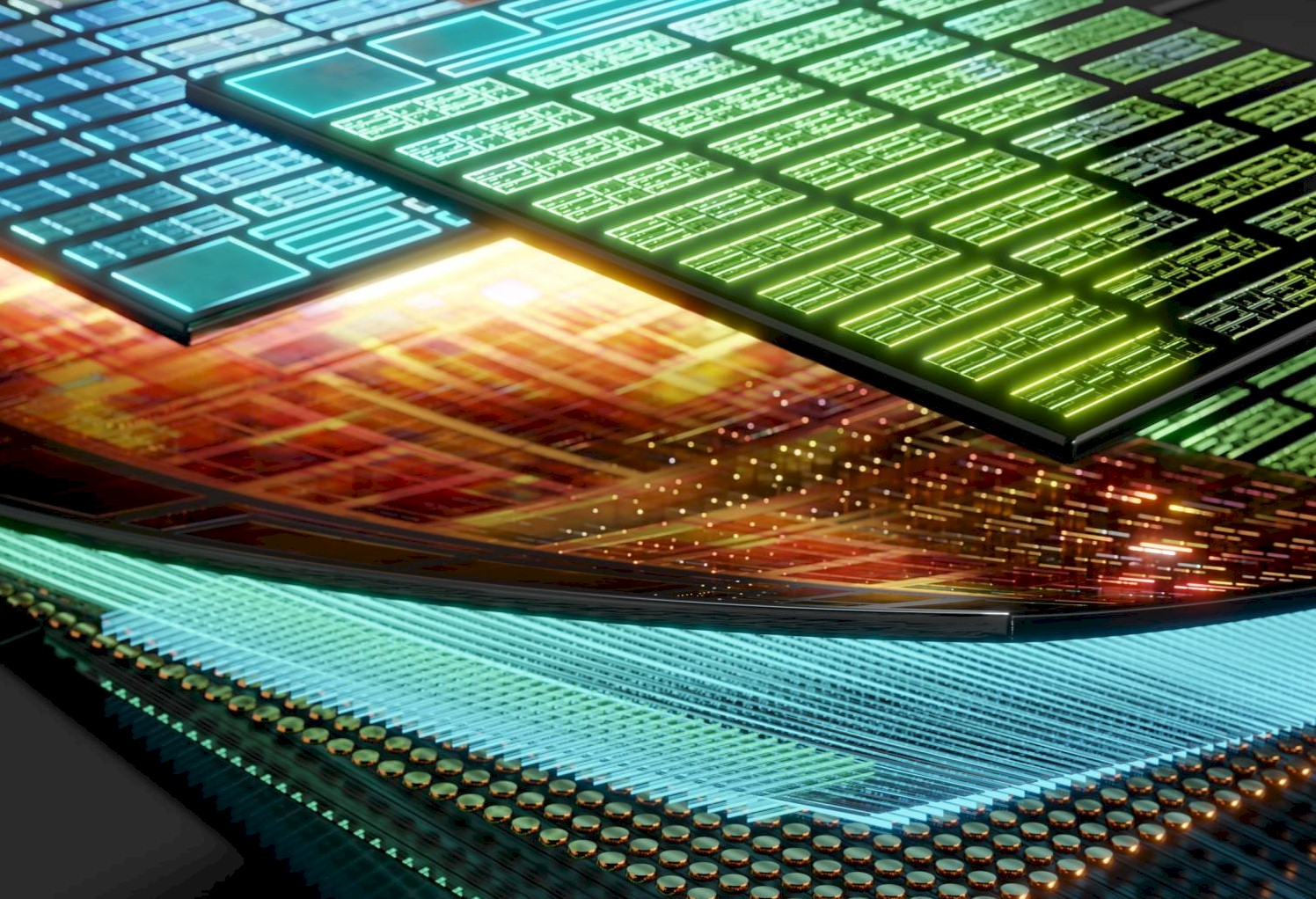hist78
Well-known member
"I really like our chances with TSMC. I think they are an amazing partner and an amazing execution machine, and we’re going to keep using their most advanced process for each generation. I like our chances of staying at the bleeding edge of process with that.
And likewise, on the design side, we are not slowing down one little bit. We are running as fast as we possibly can. You are going to continue to see design innovation and packaging and assembly innovation from us across all product lines. I can’t control what an Intel does. I just have to assume they are going to wake up tomorrow with badass boots and a vorpal sword and fight. I have to assume that Intel is going to always bring their best from this day forward."
"Forrest Norrod: Now, when Intel was using monolithic dies, that was not at all true. Yielding the 64-core “Emerald Rapids” or the 60-core “Sapphire Rapids” or heaven forbid the 40-core “Ice Lake” was like finding hen’s teeth. And so the volume bin for Intel was several clicks down. But for us for a long time, the vast majority of our volume, certainly in the cloud, has been the top bin part.
And on the enterprise side, we do see people starting to move this way, particularly with the urgency to free up space and power for AI, we do see much more attention on consolidation.
The other thing that’s happened is VMware’s new pricing strategy, which has been greeted by the market with a number of different reactions. VMware pricing has now shifted entirely to a per-core license, so there’s no longer an incentive to buy a lower end part. Companies used to have to buy one license for up to 32 cores, and then you buy another one, if you go from 33 to 64 cores, and so on. If VMware is just charging purely by core, it’s cheaper to buy more cores in one server than it is to break that same number of cores over multiple servers."

 www.nextplatform.com
www.nextplatform.com
And likewise, on the design side, we are not slowing down one little bit. We are running as fast as we possibly can. You are going to continue to see design innovation and packaging and assembly innovation from us across all product lines. I can’t control what an Intel does. I just have to assume they are going to wake up tomorrow with badass boots and a vorpal sword and fight. I have to assume that Intel is going to always bring their best from this day forward."
"Forrest Norrod: Now, when Intel was using monolithic dies, that was not at all true. Yielding the 64-core “Emerald Rapids” or the 60-core “Sapphire Rapids” or heaven forbid the 40-core “Ice Lake” was like finding hen’s teeth. And so the volume bin for Intel was several clicks down. But for us for a long time, the vast majority of our volume, certainly in the cloud, has been the top bin part.
And on the enterprise side, we do see people starting to move this way, particularly with the urgency to free up space and power for AI, we do see much more attention on consolidation.
The other thing that’s happened is VMware’s new pricing strategy, which has been greeted by the market with a number of different reactions. VMware pricing has now shifted entirely to a per-core license, so there’s no longer an incentive to buy a lower end part. Companies used to have to buy one license for up to 32 cores, and then you buy another one, if you go from 33 to 64 cores, and so on. If VMware is just charging purely by core, it’s cheaper to buy more cores in one server than it is to break that same number of cores over multiple servers."

The Appetite For Datacenter Compute Is Ravenous
It has been an invaluable asset for AMD as it re-engaged in the datacenter in the past decade to have Forrest Norrod as the general manager of its
 www.nextplatform.com
www.nextplatform.com
